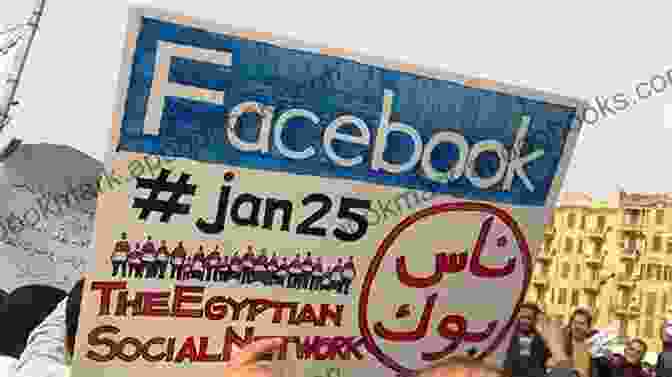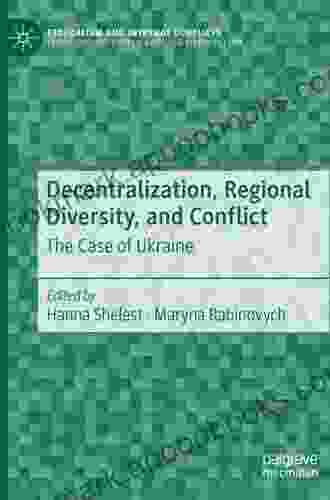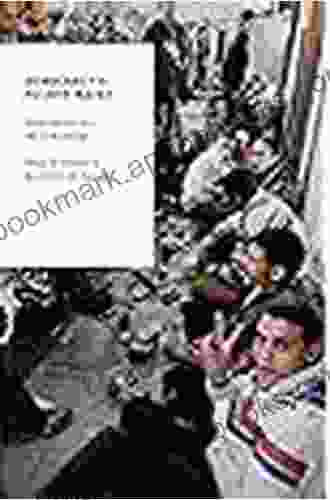Digital Media and the Arab Spring: A Deeper Examination

The Arab Spring, a series of uprisings that swept through the Arab world in the early 2010s, was marked by unprecedented levels of citizen participation and mobilization. Digital media played a crucial role in facilitating these protests, enabling activists to connect, organize, and disseminate information. In this extensive article, we delve into the complex relationship between digital media and the Arab Spring, examining its multifaceted impact on the uprisings.
Mobilization and Coordination
Social media platforms, particularly Facebook and Twitter, proved to be invaluable tools for mobilizing protesters and coordinating actions. Activists used these platforms to create online communities, share information about upcoming demonstrations, and rally support. The widespread adoption of mobile technology, especially smartphones, allowed for real-time communication and coordination during protests, enabling demonstrators to respond quickly to changing circumstances and evade security forces.
4.8 out of 5
| Language | : | English |
| File size | : | 3054 KB |
| Text-to-Speech | : | Enabled |
| Enhanced typesetting | : | Enabled |
| Word Wise | : | Enabled |
| Print length | : | 158 pages |
| Lending | : | Enabled |
| Screen Reader | : | Supported |

Information Dissemination
Digital media also played a critical role in disseminating information about the protests. Citizen journalists, equipped with mobile devices and social media accounts, provided eyewitness accounts and shared updates from the ground, bypassing traditional media outlets often controlled by authoritarian regimes. This independent reporting gave the public access to unfiltered information, empowering them to make informed decisions and hold their governments accountable.

Framing and Narratives
Digital media also influenced the way the Arab Spring was framed and perceived both within and outside the region. Social media platforms allowed activists to control their own narratives, challenging official accounts and presenting alternative perspectives on the events. This framing had a significant impact on public opinion and helped shape the international response to the uprisings.
Challenges and Limitations
While digital media undoubtedly played a transformative role in the Arab Spring, it also presented certain challenges and limitations. State surveillance and censorship attempts hampered the free flow of information and posed risks to activists' safety. Additionally, the spread of misinformation and propaganda on social media platforms sowed confusion and distrust among the public.
The Arab Spring showcased the profound impact digital media can have on political mobilization and information dissemination. Social media, mobile technology, and citizen journalism empowered activists, challenged traditional power structures, and gave voice to marginalized communities. However, the complex interplay between digital media and political upheaval also highlights the need to address challenges such as surveillance, censorship, and misinformation.
This article provides only a glimpse into the vast and multifaceted relationship between digital media and the Arab Spring. For a comprehensive analysis, we recommend exploring the book "Digital Media and the Arab Spring: Oxford Studies in Digital Politics," which offers in-depth insights from leading scholars in the field. The book delves into the historical, cultural, and political contexts of the Arab Spring, examining the transformative role of digital media and its implications for the future of democracy and citizen participation in the region.
Learn More About the Book
4.8 out of 5
| Language | : | English |
| File size | : | 3054 KB |
| Text-to-Speech | : | Enabled |
| Enhanced typesetting | : | Enabled |
| Word Wise | : | Enabled |
| Print length | : | 158 pages |
| Lending | : | Enabled |
| Screen Reader | : | Supported |
Do you want to contribute by writing guest posts on this blog?
Please contact us and send us a resume of previous articles that you have written.
 Book
Book Novel
Novel Page
Page Chapter
Chapter Text
Text Story
Story Genre
Genre Reader
Reader Library
Library Paperback
Paperback E-book
E-book Magazine
Magazine Newspaper
Newspaper Paragraph
Paragraph Sentence
Sentence Bookmark
Bookmark Shelf
Shelf Glossary
Glossary Bibliography
Bibliography Foreword
Foreword Preface
Preface Synopsis
Synopsis Annotation
Annotation Footnote
Footnote Manuscript
Manuscript Scroll
Scroll Codex
Codex Tome
Tome Bestseller
Bestseller Classics
Classics Library card
Library card Narrative
Narrative Biography
Biography Autobiography
Autobiography Memoir
Memoir Reference
Reference Encyclopedia
Encyclopedia E C Land
E C Land Ed Sarath
Ed Sarath James Calbraith
James Calbraith Lloyd Whitesell
Lloyd Whitesell R H Blyth
R H Blyth Taylor Rose
Taylor Rose Faith Erin Hicks
Faith Erin Hicks E N Richardson
E N Richardson Misha Shayter
Misha Shayter Pavlina R Tcherneva
Pavlina R Tcherneva Joan Templeton
Joan Templeton Sahjan Johny
Sahjan Johny Mitch Peeke
Mitch Peeke Rebecca A Duda
Rebecca A Duda John Jodzio
John Jodzio Dr Faiyaz Ali Khan
Dr Faiyaz Ali Khan Dr Maryellen Pickens
Dr Maryellen Pickens Leila Ziari
Leila Ziari Barry J Simpson
Barry J Simpson E Michele Ramsey
E Michele Ramsey
Light bulbAdvertise smarter! Our strategic ad space ensures maximum exposure. Reserve your spot today!

 Junichiro TanizakiUnraveling the Black Mountain Affair: A Thrilling Literary Escape into Ben...
Junichiro TanizakiUnraveling the Black Mountain Affair: A Thrilling Literary Escape into Ben...
 Oscar BellDiscover the Intricate Dynamics of Decentralization, Regional Diversity, and...
Oscar BellDiscover the Intricate Dynamics of Decentralization, Regional Diversity, and... Pablo NerudaFollow ·16.4k
Pablo NerudaFollow ·16.4k Terry PratchettFollow ·19.7k
Terry PratchettFollow ·19.7k George OrwellFollow ·7.3k
George OrwellFollow ·7.3k Neil ParkerFollow ·11.8k
Neil ParkerFollow ·11.8k Kenneth ParkerFollow ·4.9k
Kenneth ParkerFollow ·4.9k Brayden ReedFollow ·16.6k
Brayden ReedFollow ·16.6k Roberto BolañoFollow ·2.8k
Roberto BolañoFollow ·2.8k Leo MitchellFollow ·14.8k
Leo MitchellFollow ·14.8k

 Eugene Powell
Eugene PowellFat Cat Stories: Level At Word Family - A Purrfect Start...
Introducing the 'At'...

 William Powell
William PowellUnveiling the Treasures of Russian Poetry: The Cambridge...
Immerse yourself in the...

 Roberto Bolaño
Roberto BolañoUnveiling the Treasures of Beowulf: A Guided Tour with...
: Delving into the...

 Foster Hayes
Foster HayesTransport, Climate Change and the City: Tackling Urban...
Transport is a major...

 Calvin Fisher
Calvin FisherHow To Make It In The Music Industry: The Ultimate Guide...
Are you an aspiring musician with...

 Rick Nelson
Rick NelsonUnveiling the Enigmatic World of Gary Chester's "The New...
Step into a World...
4.8 out of 5
| Language | : | English |
| File size | : | 3054 KB |
| Text-to-Speech | : | Enabled |
| Enhanced typesetting | : | Enabled |
| Word Wise | : | Enabled |
| Print length | : | 158 pages |
| Lending | : | Enabled |
| Screen Reader | : | Supported |








